 This weeks lecture focused on the time period between the 1850s and 1900s; a time where art and design changed radically over a rather short span of time. The Gothic Revival Beginning in 1851, the 'Crystal Palace' built in Hyde Park housed the Great Exhibition where other countries were invited to showcase and exhibit their own achievements of art and industry alongside Britains own. The intention was to show our superiority, however this did not pan out as other countries showed much more advanced design. It was noticed that Britains taste was very over indulgent and 'bourgeois'. This later contrasted significantly due to the reemergence of gothic design. Augustus Pugin, who played a huge role in the early days of the Gothic Revival, believed that true Christian architecture better represented us and our country. Considered a romantic form of architecture, the Gothic approach focuses less on created a symmetrical building and more on making sure its flows and is practical to live in. By the 1960s, Gothic was considered the national style. However, the mass production required to produced these exquisite buildings required a lot of labour. In order to show the wealthy what was really going on behind the scenes, French artist Gustave Dore created a series of illustrations that show the harsh realities of mid-Victorian London.  Pre-Raphaelitism Founded in 1848, the Pre-Raphaelite Brotherhood was a secret society consisting of young artists, including William Holman Hunt, John Everett Millais, and Dante Gabriel Rossetti. They were opposed to the paintings promoted by the Royal Academy, particularly those of the Italian artist Raphael. They believed that art should be as true to real life as possible; not just to decorate but to educate. Pre-Raphaelite paintings are known to be extremely detailed but still imaginative, covering themes such as religion, literature and poetry. William Morris, who had a huge influence on Victorian art and architecture became interested by the Pre-Raphaelites due to his connections with Rossetti. He later commissioned Philip Webb to build him a house, ‘Red House’, and frustrated he couldn’t find any textiles to decorate his home that he liked he decided to design them himself. This led him and his friends to found Morris and Company, where they produced and sold things such as stained glass, wallpaper, textiles, and furniture.  Furthermore, a major supporter of the Pre-Raphaelite Brotherhood was the English leading art critic John Ruskin, who encouraged them to ‘go to nature’. He believed it was the artists duty to express nature to its truest form and was a particularly big fan of the work of Edward Burne-Jones. When visiting a gallery he came across the work of James Abbott McNeil Whistler, who believed paintings should be about nothing in particular; ‘art for arts sake’. Ruskin reviewed one of Whistlers paintings, writing 'I have never expected to hear a coxcomb ask two hundred guineas for flinging a pot of paint in the public's face. This was rather odd considering he had enjoyed the abstract work of J. M. W Turner in his youth. As result of this critique, Whistler sued Ruskin for libel, claiming that his review had damaged his reputation. Ultimately he won the case but his claim didn’t cover the court costs resulting in him becoming bankrupt. It was concluded that whilst a critic should still be allowed to freely review a piece of work, art should not have to teach you anything if it gives you pleasure. Subsequently, all of this initiated and became central to the Aesthetic movement. The Aesthetic Movement and the Cult of Japan In the mid-Victorian period, the western world went mad for Japan. Originally, Japan used to refuse to exchange with the west because they didn’t like what they had to offer, but they were eventually forced and we began trading cultural things for new technologies. As a result, Japonism, a passion for collecting Japanese art, came about, introducing us to a new style of art and design, such as wood block prints (ukiyo-e) and manga which hugely influenced European artists such as Vincent Van Gogh, Edgar Degas and Whistler. An example of a piece of art/design that shows Japanese influence is 'A Cart on the Snowy Road at Honfleur’ (1865) by French painter Claude Monet. Monet had a large collection of Japanese art and was particularly fond of wood-block prints. These can be seen to influence his own work through his use of asymmetry; the landscape has no central point unlike most artwork considered by the Academy. In addition to this, themes of winter and snow were common among the Japanese, such as Hiroshige’s 'Ochanomizu’. Monet was influenced by the use of white and colours such as purples, blues, greys and hints of warmer colours like yellow, giving the impression of bright light reflecting off the snow. Furthermore, another artist considered to be influenced in some way by Japan is the work of British artist Aubrey Beardsley. Known for his bold black and white illustrations, Beardsley was also strongly influenced by Japonisme wood-block prints. His piece 'The Black Cape’ (1894), is argued to be similar to Kitagawa Utamaro’s ‘'Flowers of Edo’ due to its use of black clean fine lines and contrasts of large black and white spaces. As well as the piece being a block print on Japanese vellum, the flowy lines and two-dimensional composition further show how Beardsley was influenced by Japanese art. These contrast with works such as from the Pre-Raphaelites as they showed no influence from Japan. Their focus was more on creating pieces with high realism and likeness of the subject, such as 'Ophelia' (1851-2) by Sir John Everett Millais and Dante Gabriel Rossetti’s 'The Girlhood of Mary Virgin' (1849), depicting insane detail and focus on natural forms. In conclusion, all of this massively shaped the Aesthetic Movement as it continued to grow and inspire art and architecture, focusing on producing art that was for its own sake rather than to express a greater meaning.
0 Comments
Our first lecture for the History and Practice module introduces us to the modernist timeline (1850-1980); exploring the developments of art and design in the present day, and how history effects cultural texts. The aim is explore ways of thinking and understanding of cultural works and inform creative practice. Cultural Texts Cultural texts are shaped and informed by the society and cultural norms surrounding those who create them. They give thought to things such as ideologies and morals, representing the world and its beliefs, class/status and fears. A piece of clothing is considered to be a cultural text and can say a lot about who you are as a person. When you get dressed in the morning you are consciously choosing clothing that shows how you want to be perceived by society, giving others an impression of your personality and social status. Clothing is considered to be a sign system as it conveys meaning; they have specific functions such as to disguise, show status and for personal expression. For example, there are various cultural connotations of the 'black dress; it could symbolise night-time, mourning, authority, and is associated with goth culture, but it is considered to be frowned upon if worn by a bride or new born baby.  Denim has a long, complex history that reflects different cultural contexts and trends. Today, denim is seen as the default mode of casual dress and can be interpreted differently depending on the cut, brand and how they are worn. Created in 1870 by the designer of the first pair of jeans, Levi Strauss, the denim jacket was designed for a similar function. Its original purpose was for it to be used as a utility garment for workers due to its heavy-duty material being ideal for tough manual labour.  In my own wardrobe is a LEE denim jacket. Founded by Henry David Lee in 1889, Salina, Kansas, the brand originally produced clothing brought about by the introduction of work jumpsuits and overalls, eventually becoming one of the leading manufacturers of work clothes in the US. Their focus later shifted from practicality and durability to following fashion trends and youth culture, adding flair through techniques like distressing and applying acid stone washes. The item was even banned in some schools due to its connotations with non conformity and rebellion, showings us how the design today is mainly worn more for expressing individual identity and style. This shift in how the denim jacket has been perceived over time illustrates how clothes are signs that are open to individual interpretation, having a long history that reflects many cultures and trends throughout the years. |
AuthorHi, I'm Emma. I'm currently studying Graphic Design at the University of Cumbria. Modules
All
Archives
March 2020
|
Site powered by Weebly. Managed by 34SP.com

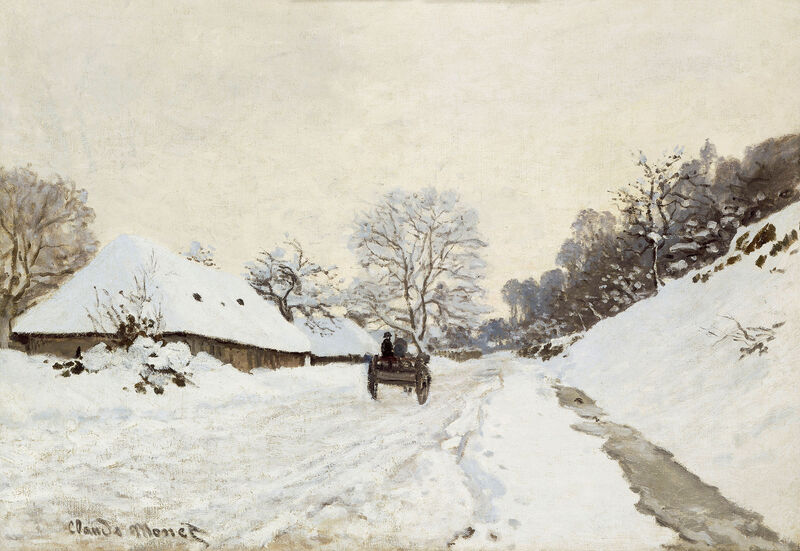
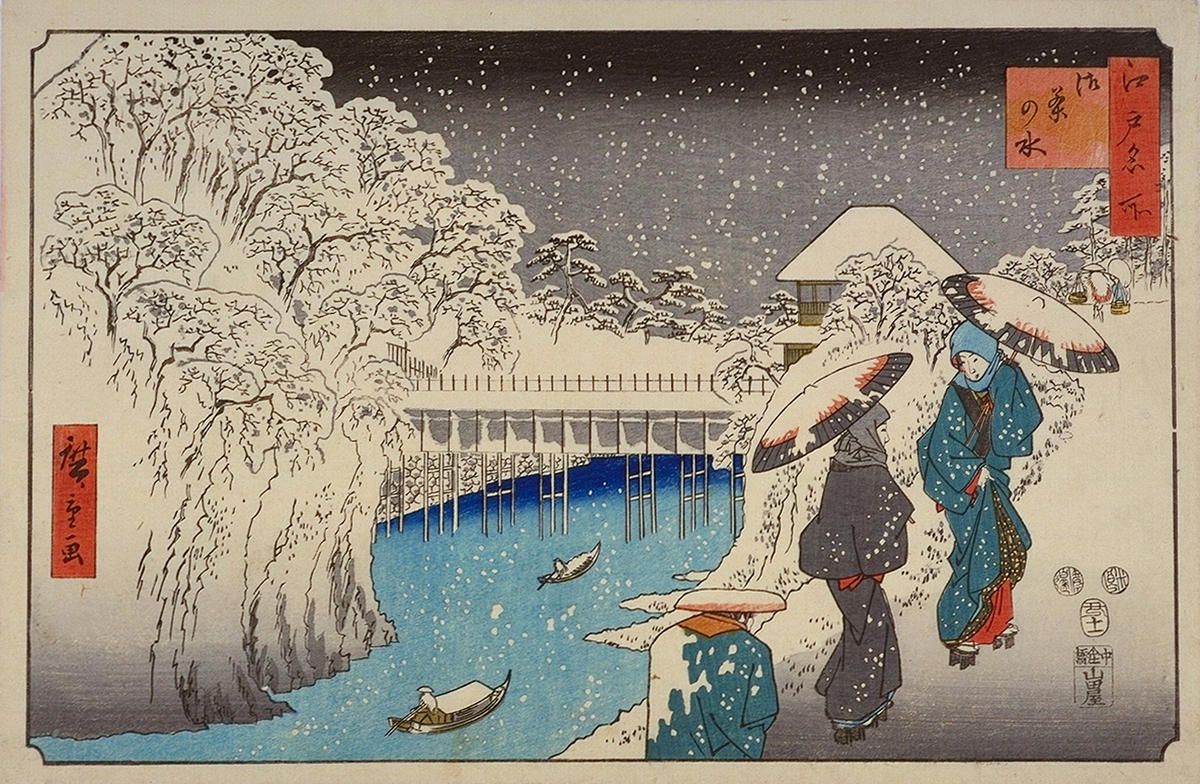
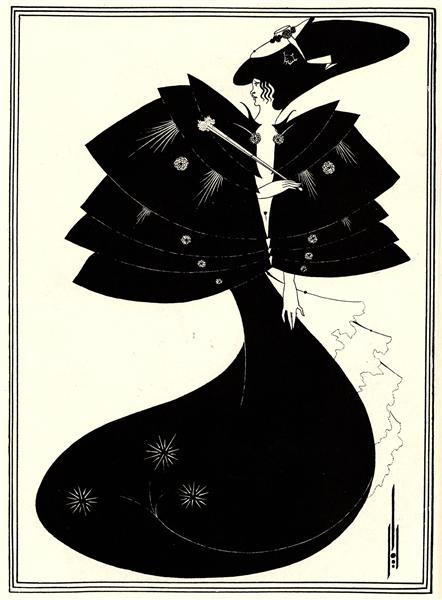
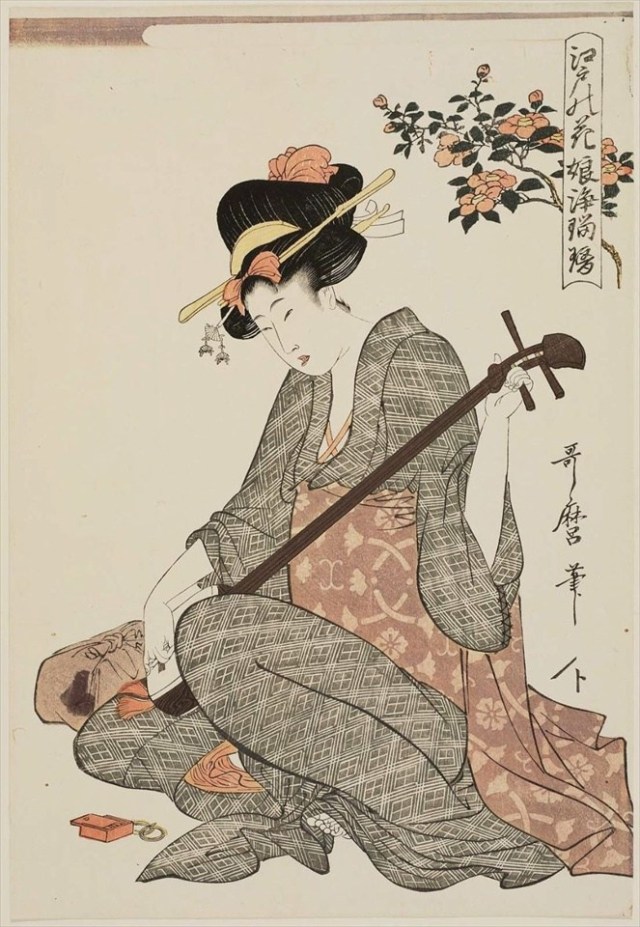
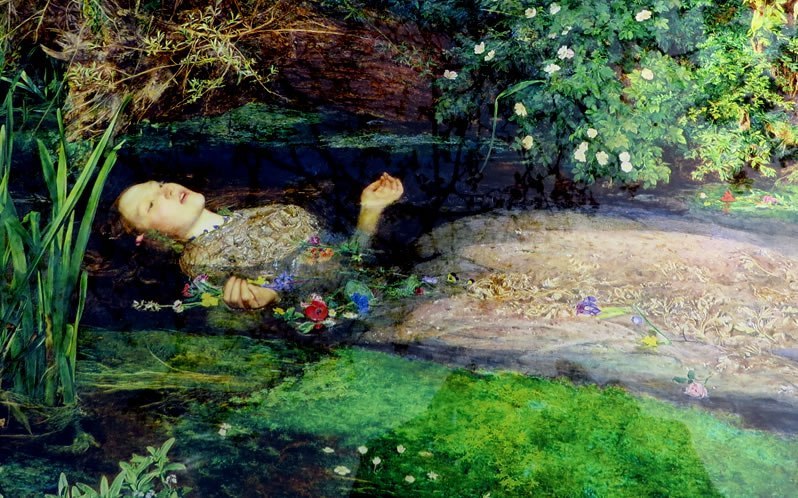
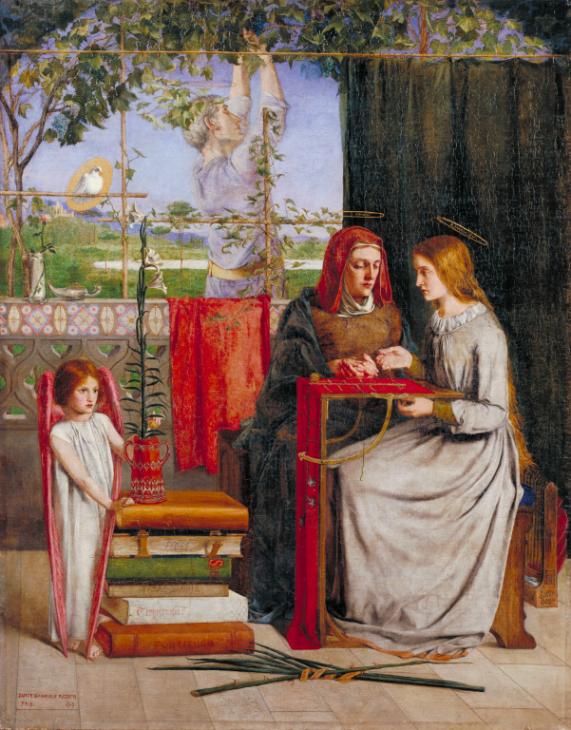
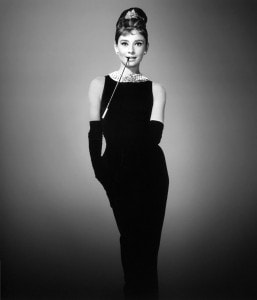

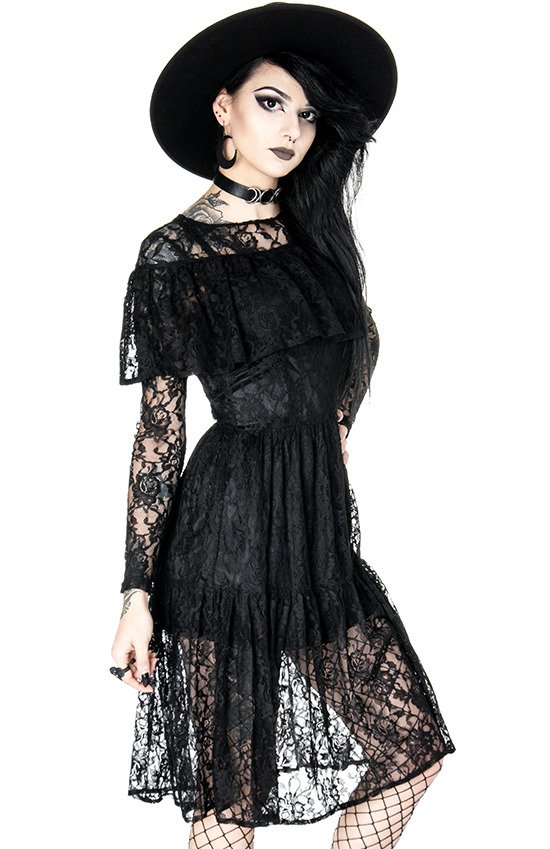
 RSS Feed
RSS Feed